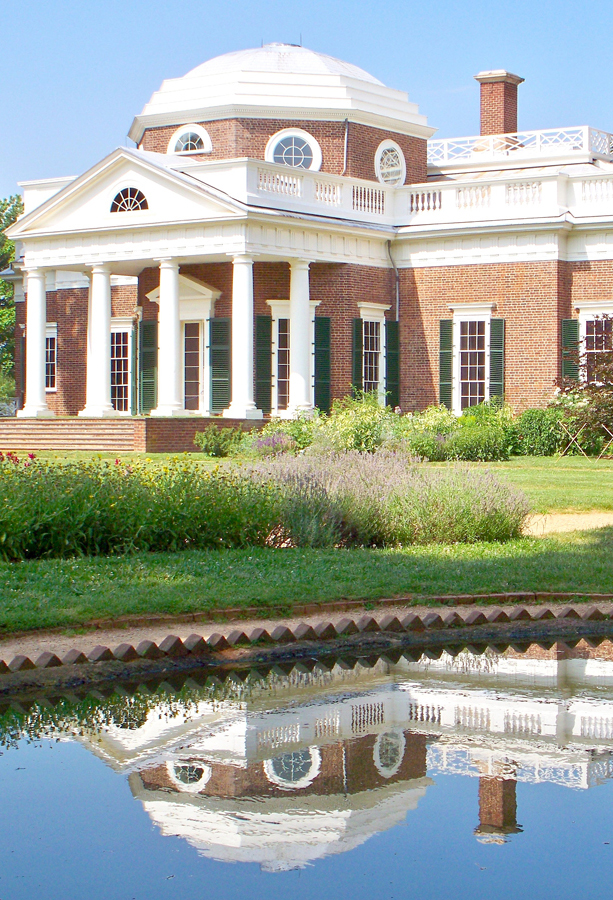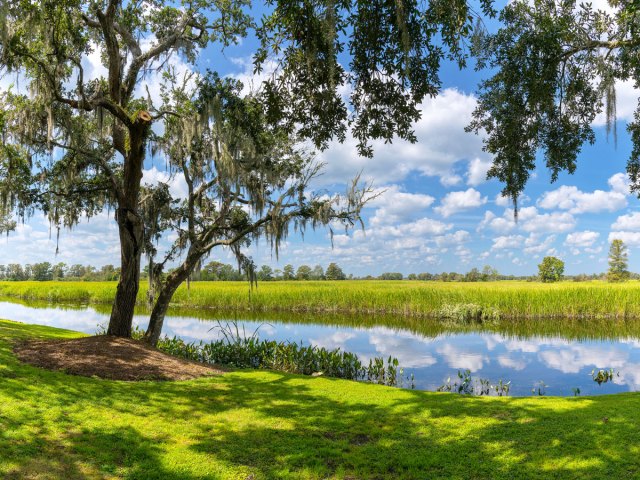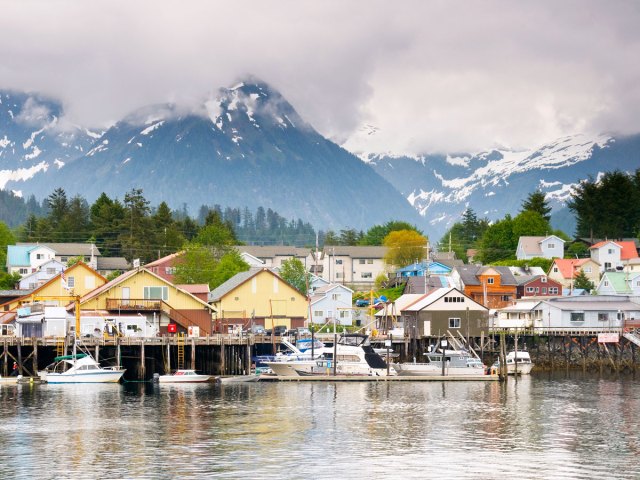If you consider yourself a United States history buff or even just have a casual interest in the nation’s history, visiting the country’s many presidential landmarks is a great place to start. They allow for an opportunity to reflect on pivotal historical events and contemplate the legacies of past leaders, while also displaying stunning architecture, fascinating interactive exhibits, and some of the country’s most amazing landscapes. In honor of the nation’s leaders, check out six of America’s best presidential sites to visit.
Theodore Roosevelt National Park – North Dakota
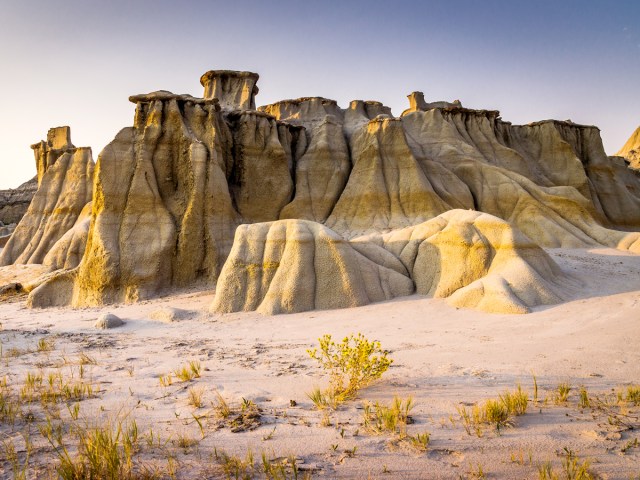
America has no shortage of stunning national parks — but only one of them is named after a single person. Theodore Roosevelt National Park, located in western North Dakota, was established to honor the memory of the nation’s 26th President, an avid outdoorsman and dedicated conservationist. The sprawling site encompasses the great plains and rugged badlands that Roosevelt once explored — and where he found solace following the deaths of his wife and mother on the same day in 1884.
Remnants of Roosevelt’s Elkhorn Ranch homestead still stand today, where visitors can take in the vast remoteness of this wilderness that was a major part of the President’s life. Roosevelt had a deep appreciation for nature, and this landmark is a testament to a pioneer of preserving the country’s natural resources.
Ford’s Theatre – Washington, D.C.

Although it stands as one of the more somber presidential sites, Ford’s Theatre is also a poignant reminder of the legacy of Abraham Lincoln, and of the resilience of U.S. democracy. On the fateful night of April 14, 1865, Lincoln was tragically shot by John Wilkes Booth while sitting in the presidential box. The theater, originally built in 1833, has undergone extensive renovations and restoration, but still retains its historic significance. Visitors can see the preserved presidential box, the theater’s performance space, and the accompanying museum that delves into Lincoln’s presidency and the events surrounding his assassination.
Monticello – Charlottesville, Virginia
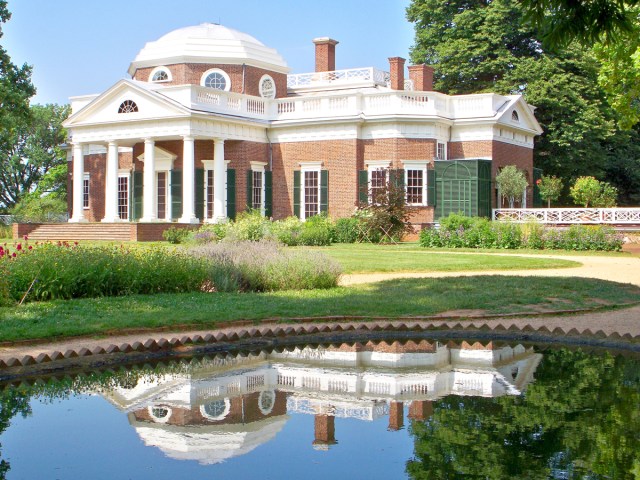
Thomas Jefferson’s Virginia home is considered his “autobiographical masterpiece.” Designed by Jefferson himself, Monticello’s neoclassical architecture is set against the backdrop of the stunning Blue Ridge Mountains. Completed between 1768 and 1809, Monticello reflects the third President’s innovation and industriousness: Instead of importing the building materials, Jefferson worked to manufacture many of them on site, including making his own bricks with clay found on the property and using lumber and stone from the grounds.
The estate encompasses the main house, outbuildings, and expansive gardens, all of which visitors can explore in a variety of tours (including a more hands-on version for younger visitors). Other areas of the estate showcase the quarters for the many enslaved peoples who lived and worked there. Give yourself at least a few hours to explore Monticello’s meticulously restored history and its beautiful surroundings.
Ronald Reagan Presidential Library – Simi Valley, California
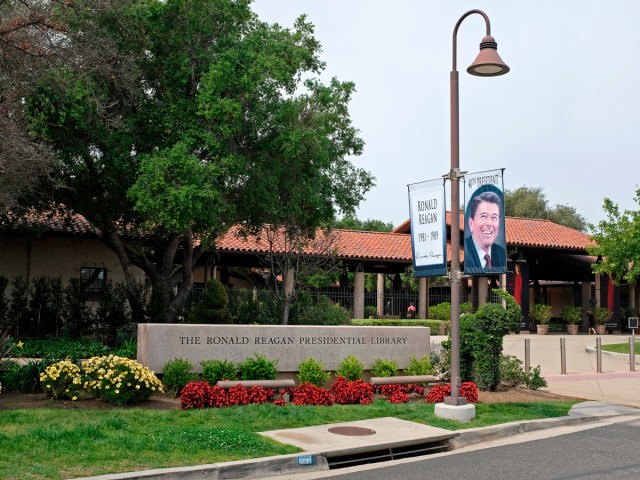
This Southern California gem stands as one of the most impressive presidential libraries in the country. Perched on a 100-acre hilltop overlooking the Pacific Ocean, the understated mission-style library offers a thorough look at Reagan’s life, from his Hollywood days to the presidency. Visitors can step aboard the actual Air Force One aircraft Reagan flew, as well as inside a full-sized reproduction of the Oval Office as it appeared during his time in the White House. The library’s grounds also feature replicas of the White House’s iconic Rose Garden and the South Lawn.
John F. Kennedy Presidential Library and Museum – Boston, Massachusetts
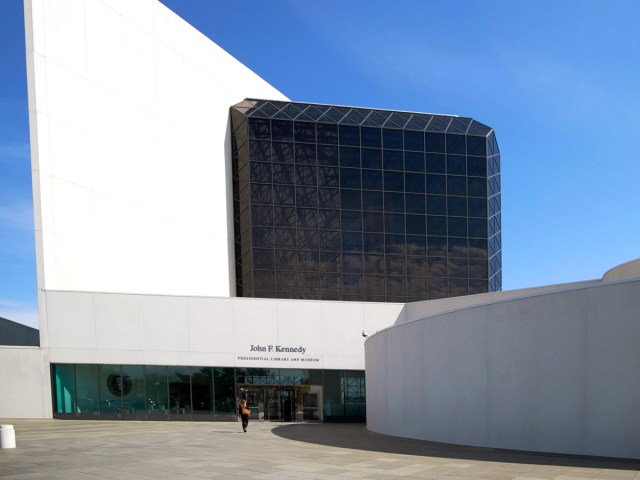
Situated on the banks of Dorchester Bay, the John F. Kennedy Presidential Library and Museum offers a comprehensive look at the life and legacy of the 35th President. Renowned architect I.M. Pei designed the modernist marvel in 1977. At the time, Pei was still relatively unknown, but Kennedy’s widow Jacqueline Kennedy believed in his promise and imagination, which she said reminded her of her husband. Both a museum and a research library, the landmark boasts an extensive collection of personal artifacts and photographs, as well as immersive and interactive exhibits. From its soaring atrium, visitors can take in views of Boston’s skyline and waterfront.
Mount Rushmore National Memorial – Keystone, South Dakota
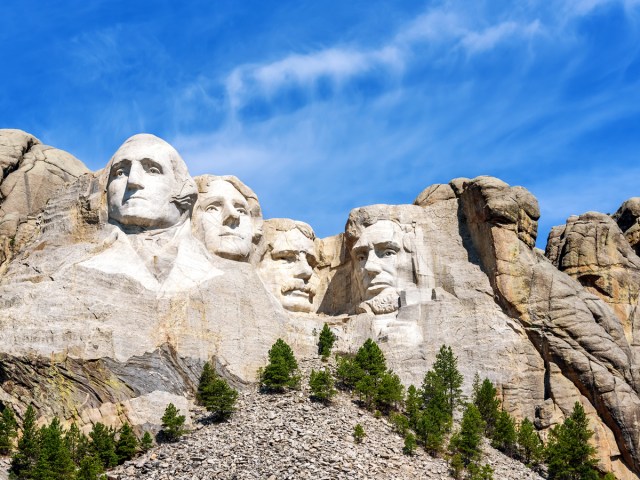
This famous landmark is a must-visit for presidential history buffs. Carved over 14 years into the granite face of a mountain in South Dakota’s Black Hills, Mount Rushmore features the majestic visages of George Washington, Thomas Jefferson, Theodore Roosevelt, and Abraham Lincoln.
Sculptor Gutzon Borglum chose these four Presidents for their pivotal roles in American history. Washington, a Founding Father and the first President, represents the birth of the nation. Jefferson, the main author of the Declaration of Independence, embodies the spirit of independence. Roosevelt, a progressive leader, signifies America’s early-20th-century industrial growth. Finally, Lincoln was chosen for preserving the Union during the Civil War.
The towering figures — which took 14 years to complete — stand 60 feet tall. And although it isn’t a place that had historical ties to any U.S. President, Mount Rushmore now stands as a testament not only to artistic grandeur, but also to the country’s democratic ideals and leadership. As such, this patriotic pilgrimage is not to be missed.
More from our network
Daily Passport is part of Inbox Studio, which publishes content that uplifts, informs, and inspires.






